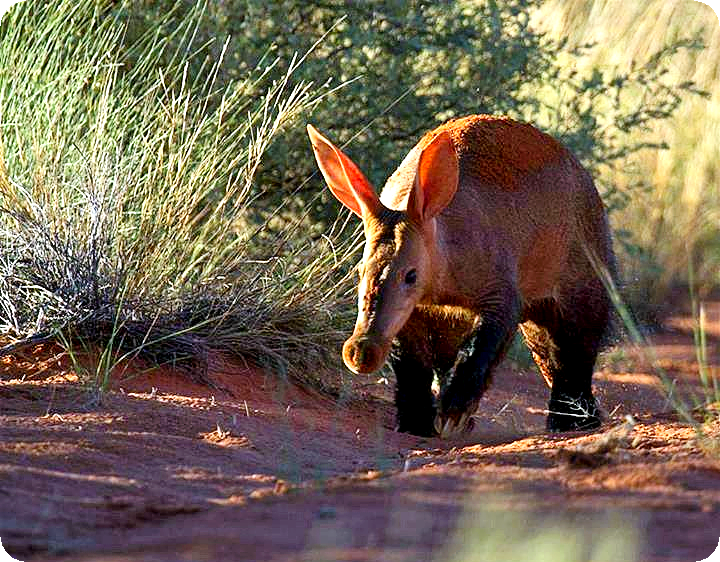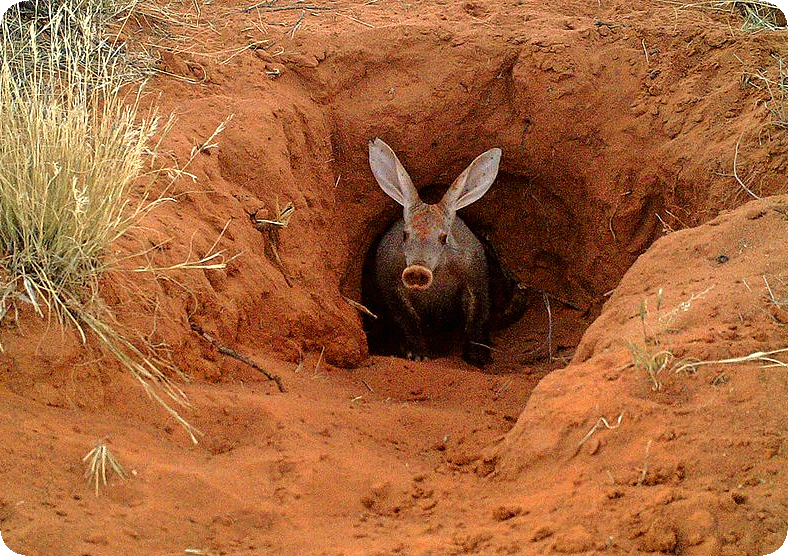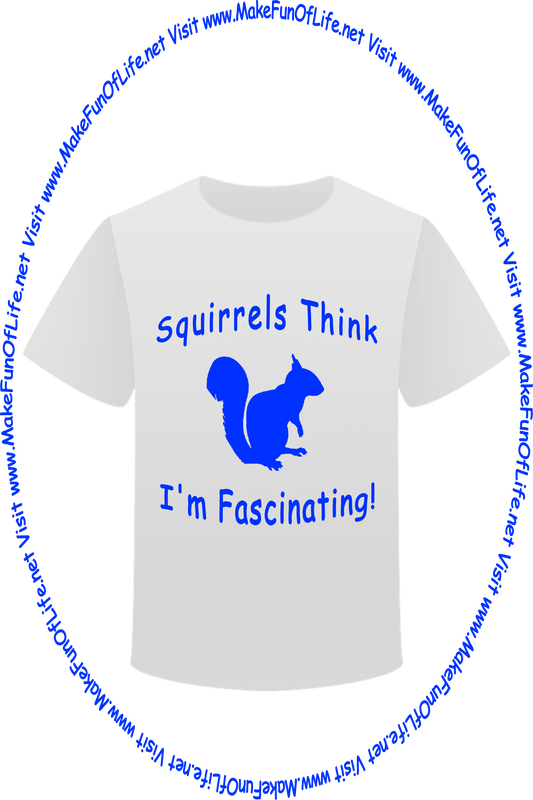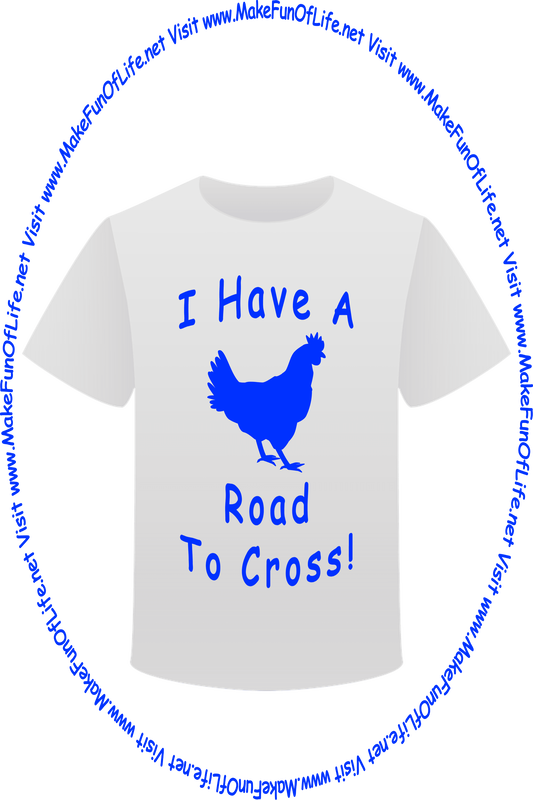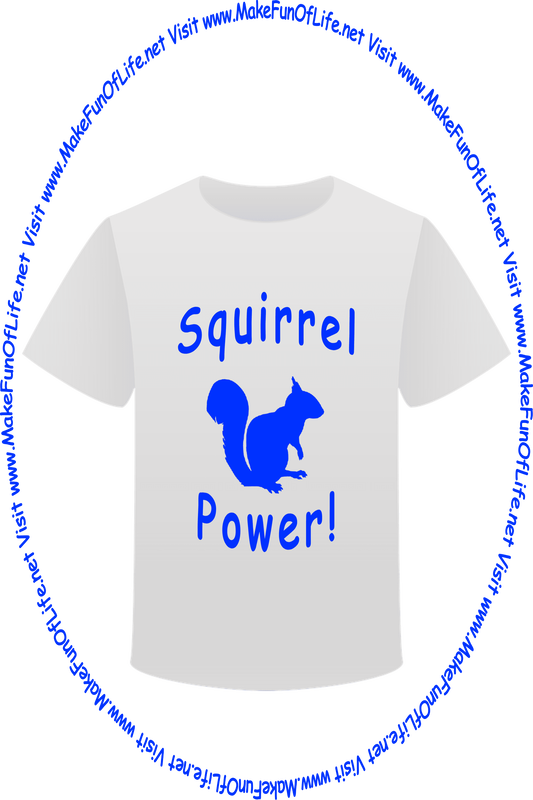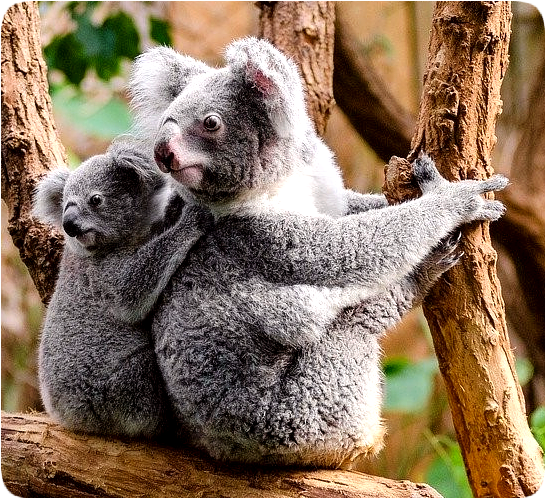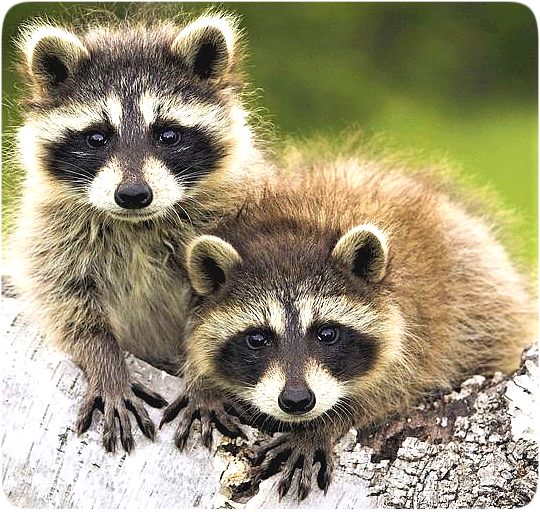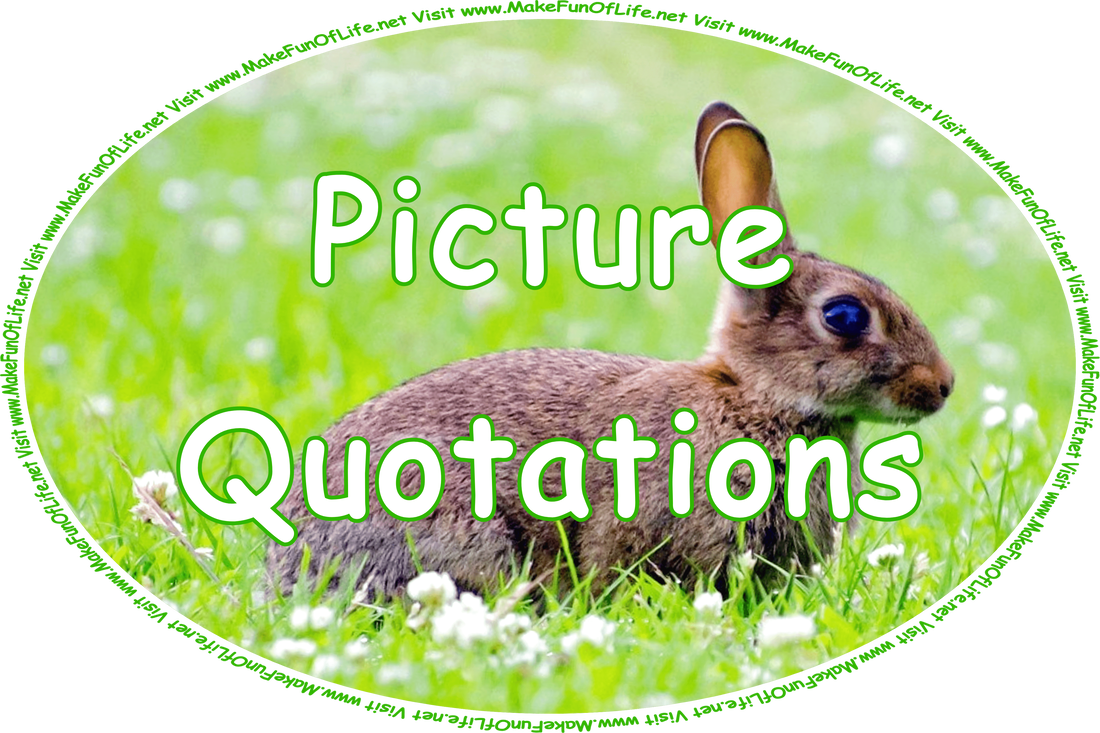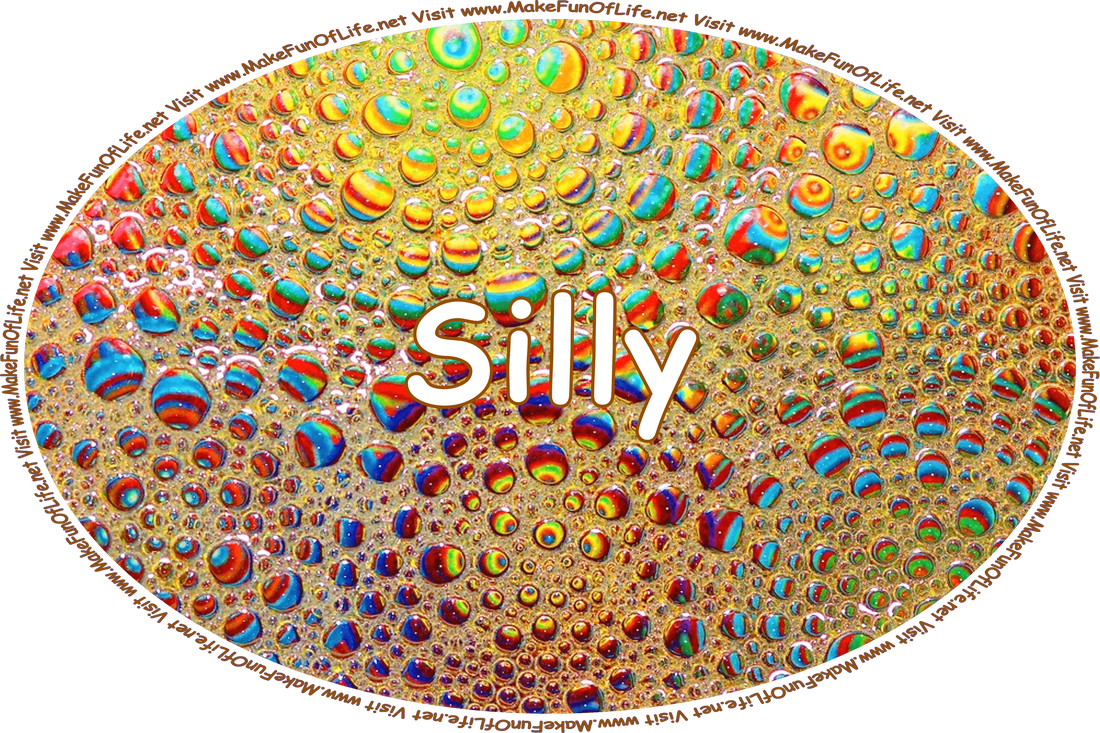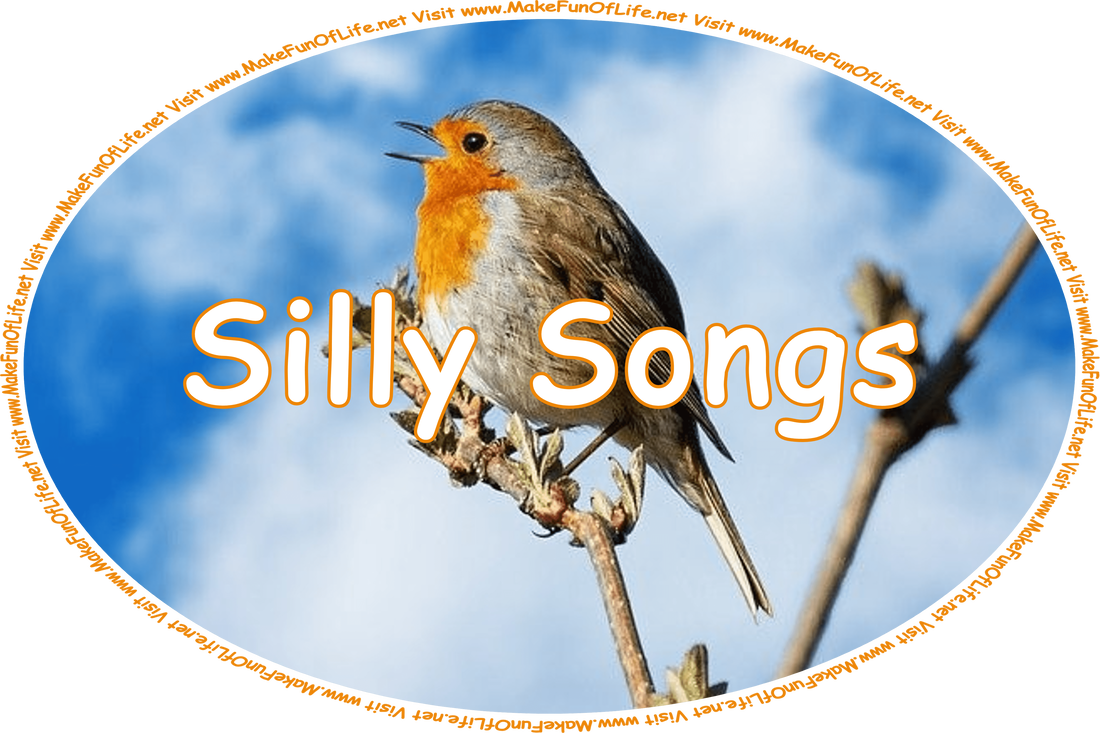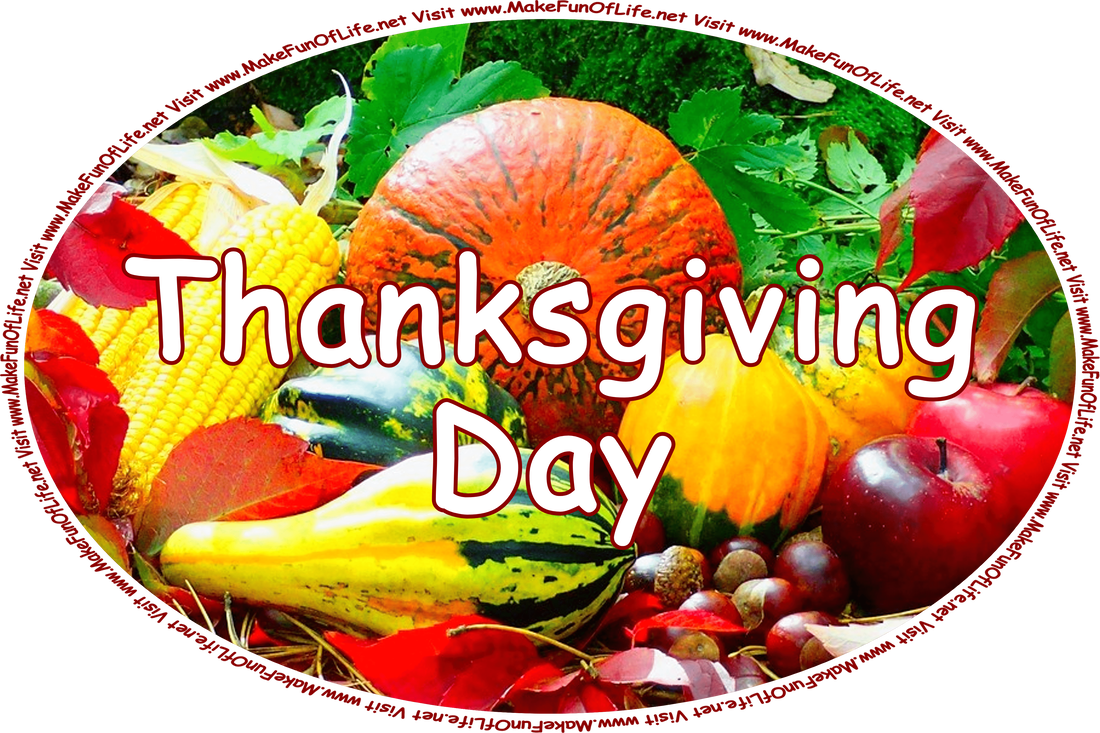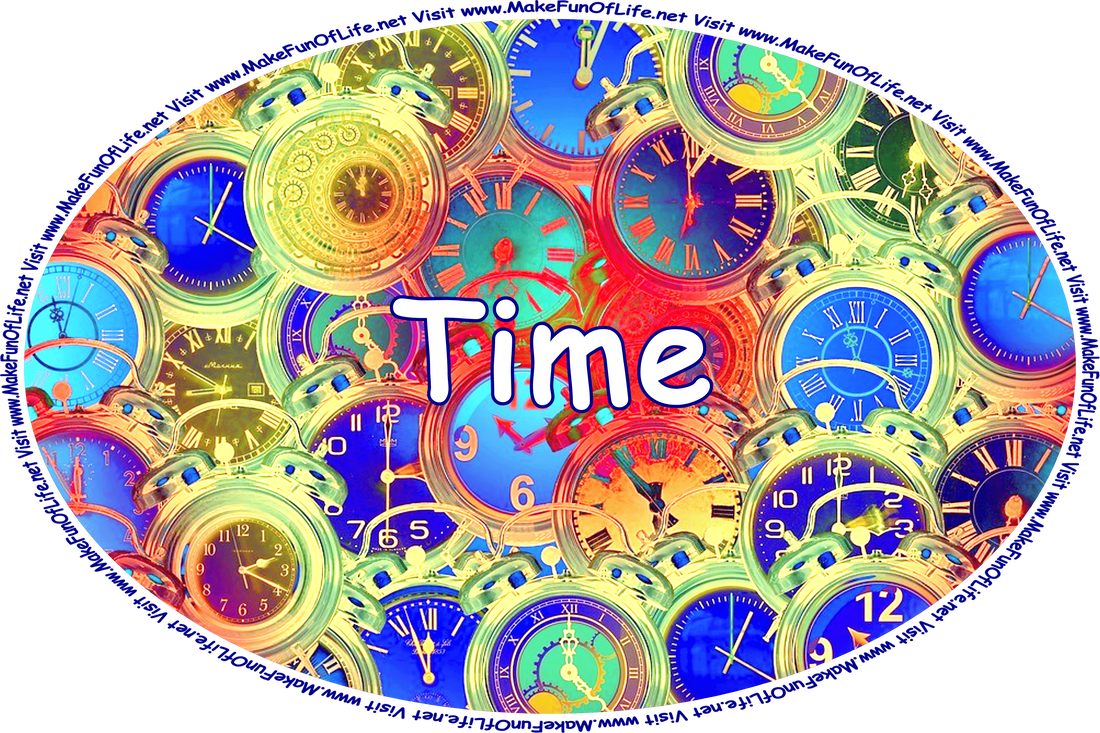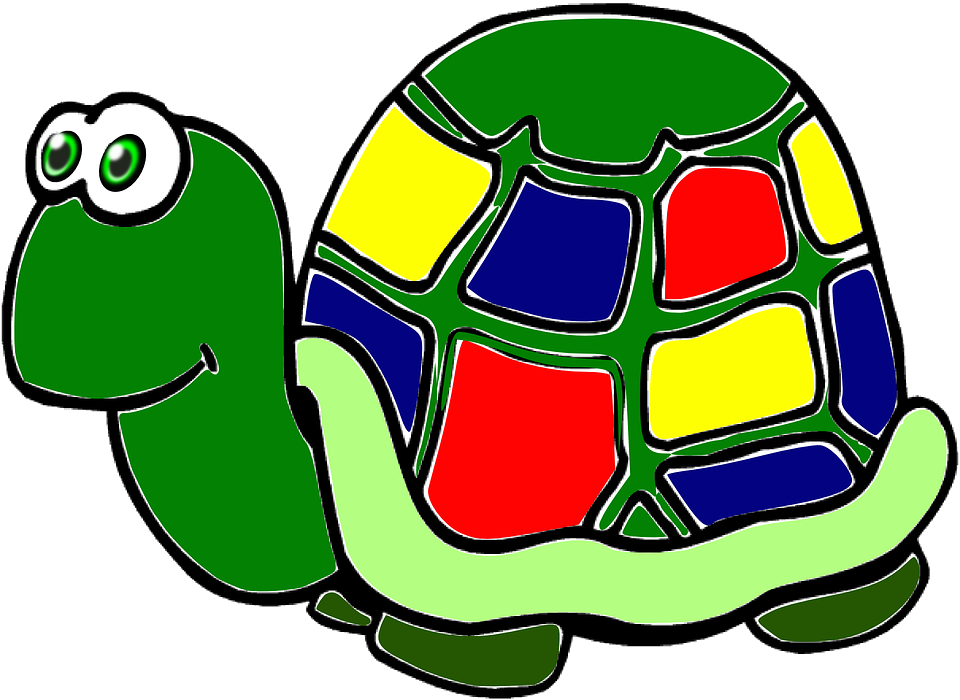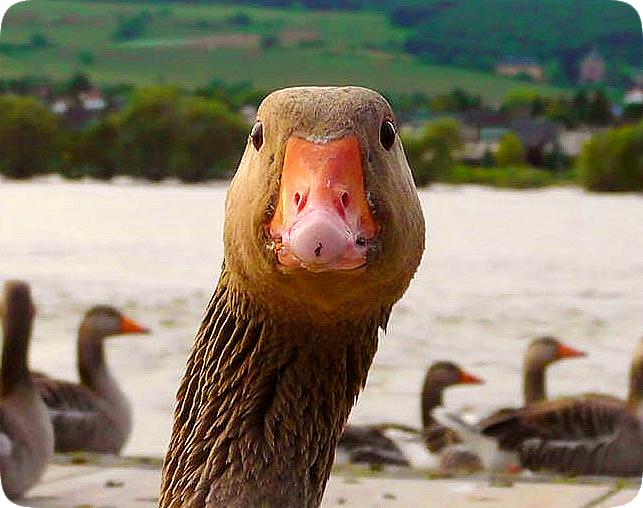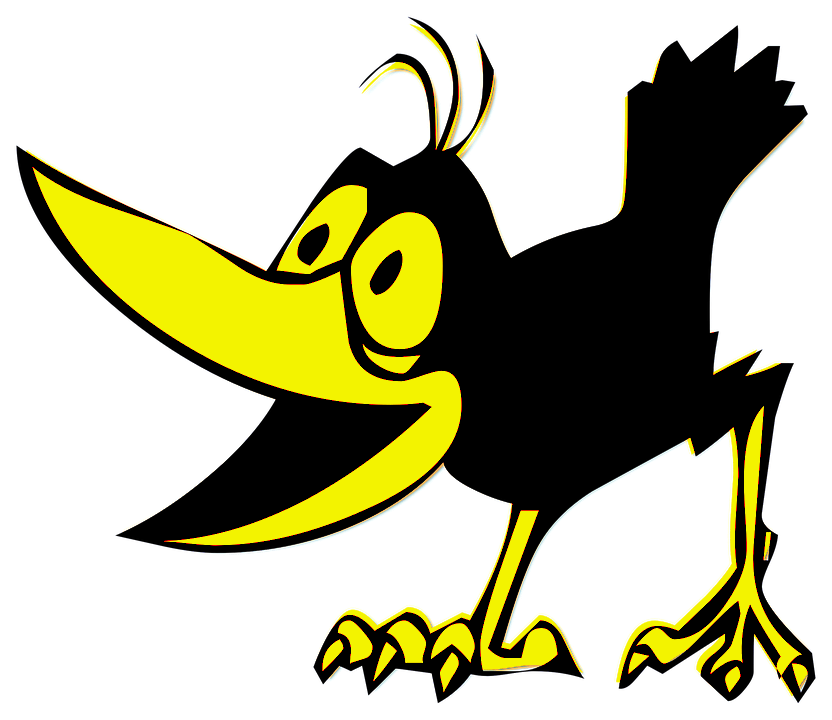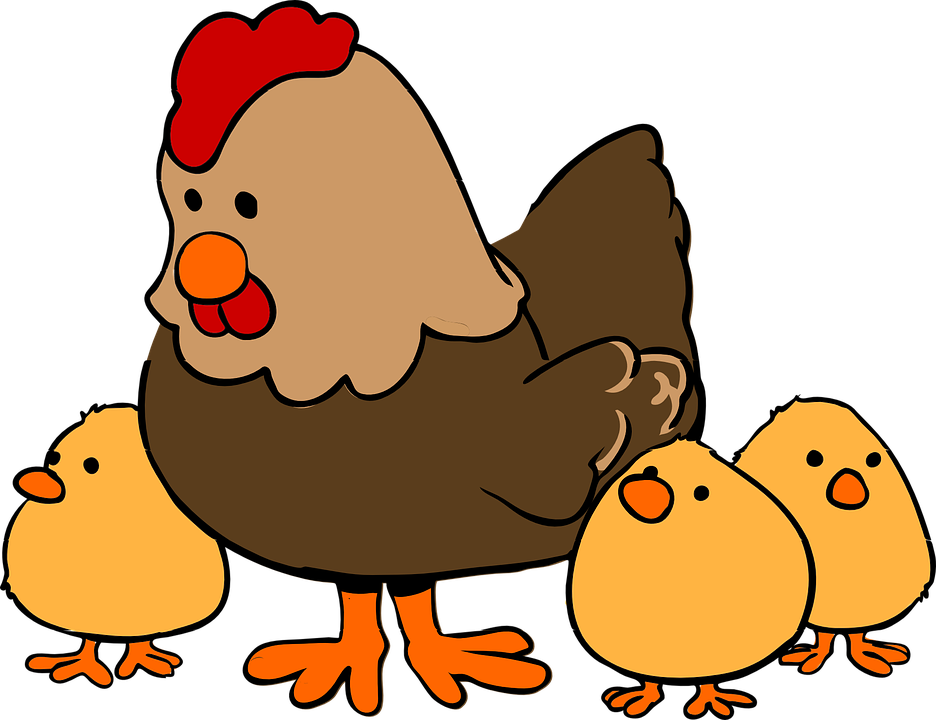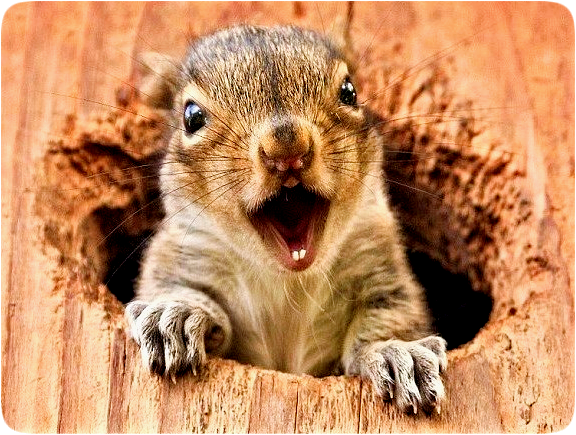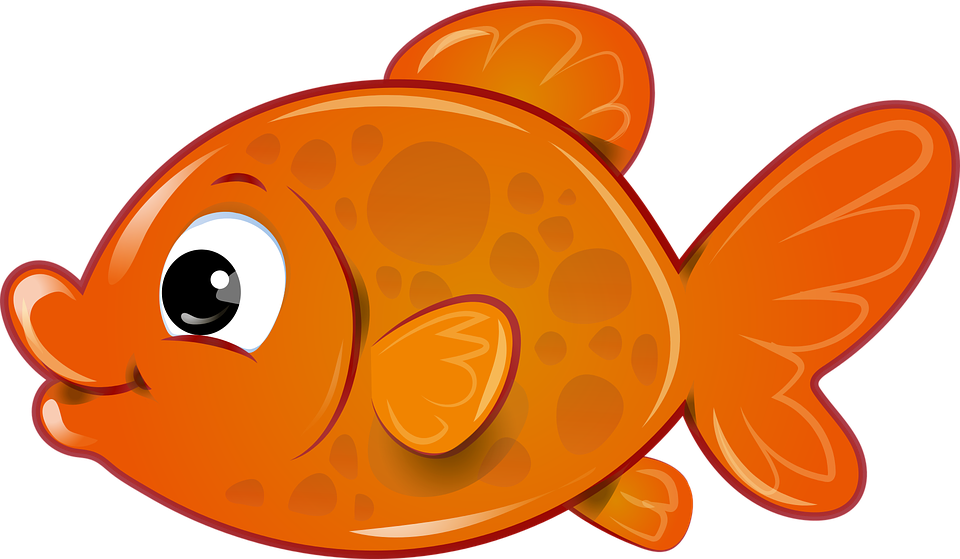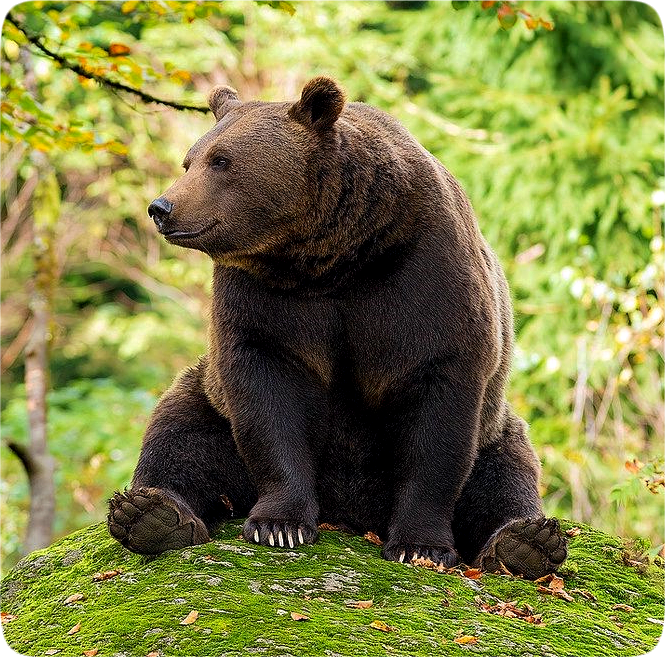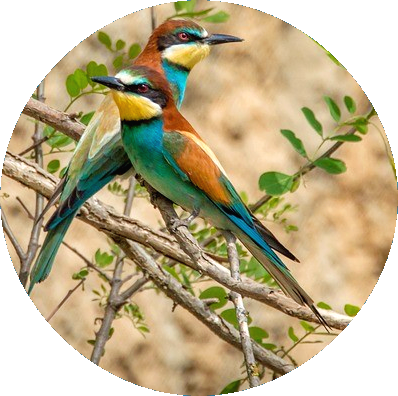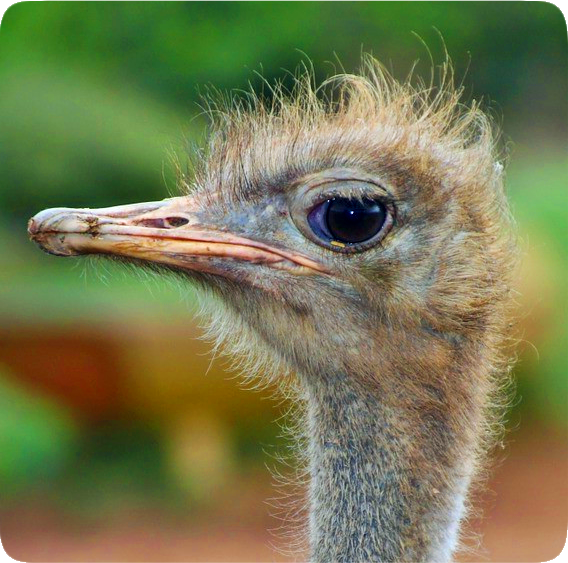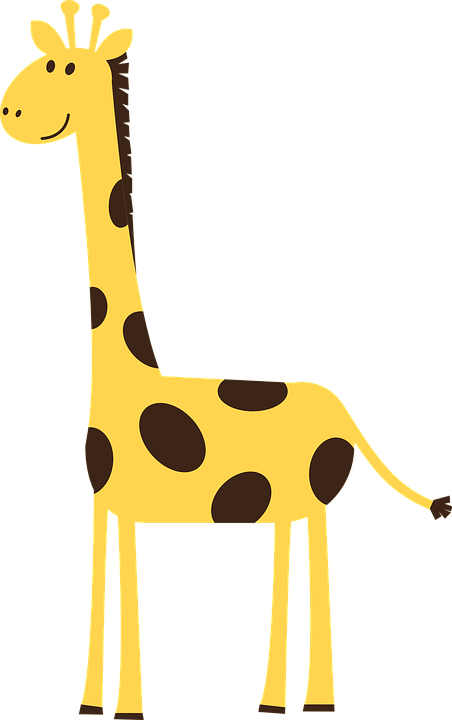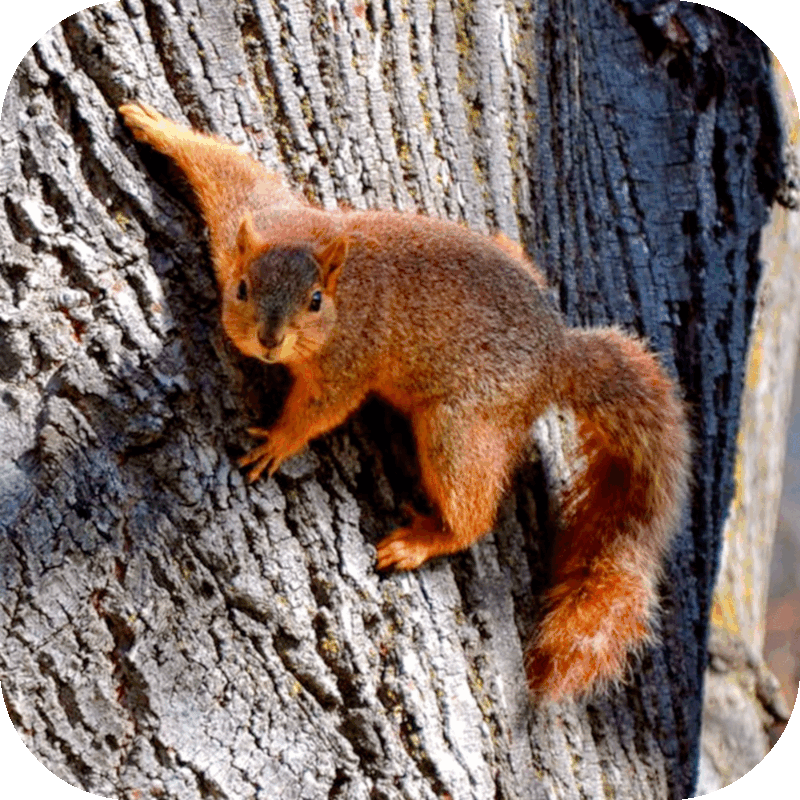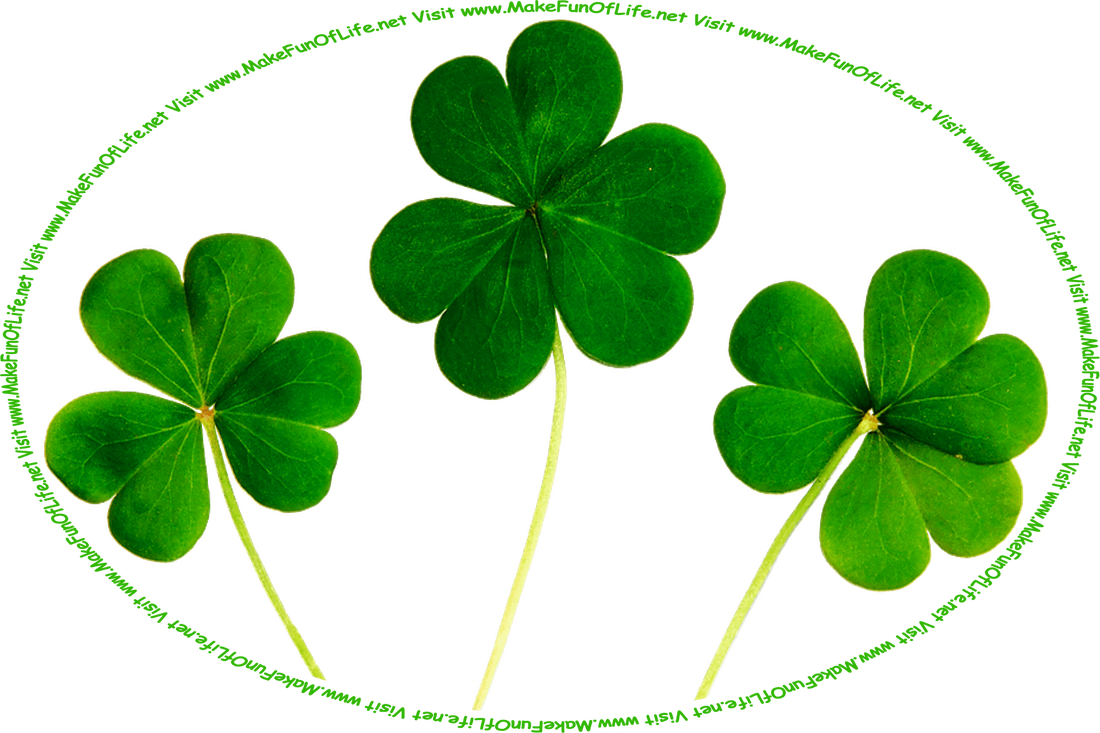Aardvarks aare aanimals with aan aabsolutely aamazing aappearance. They seem to possess the body of a pig, the ears of a rabbit, the eyes of a rhinoceros, the tongue of an anteater, and the tail of a kangaroo - yet aardvarks are not closely related to any of these animals. Aardvarks are the only living species of animals remaining from an ancient order of ungulates called the tubulidentata. What does this mean? Let’s find out . . .
Edgar: What did the aardvark call his dog?
Edith: Aardbark.
Aardvarks Facts
- An adult male aardvark is called a boar.
- An adult female aardvark is called a sow.
- A young aardvark is called a cub.
- A group of aardvarks is called a pack.
- Aardvarks can live for about 18 years in the wild.
- Aardvarks can live for about 23 years in captivity.
The word ‘aardvark’ comes from an old Afrikaans-Dutch language dialect of South Africa, in which ‘aarde’ means ‘earth’ or ‘ground’ and ‘varken’ means ‘pig.’ They were once thought of as being the ‘earth pig’ or ‘ground pig,’ and indeed, they do somewhat resemble pigs in appearance, and they also forage for their food by rooting around in the earth or ground with their snouts as pigs do; however, aardvarks are not pigs, but a completely different species of animal. Aardvarks are sometimes colloquially called African antbears, anteaters, or Cape anteaters (after the Cape of Good Hope).
Knock, knock.
Who’s there?
Aardvark.
Aardvark, who?
Aardvark a million miles for one of your smiles!
Aardvarks can be found in Sub-Saharan Africa, a vast region that stretches from the edge of the Sahara Desert south to the Cape of Good Hope at the lower point of the African continent. Aardvarks are sometimes found in rainforests, but not in deserts. Their preferred habitat includes savannas, grasslands, rainforests, woodlands (forests), and bushland (scrub). The deciding factor for where aardvarks live is the availability of food.
Teacher: Please spell aardvark.
Student: R-d-v-r-k.
Teacher: What happened to the A’s?
Student: The A’s moved to Kansas City from Philadelphia and finished second in the American League West.
Aardvarks have sleek pale-yellowish-gray to dark-brown hairy coats, stout bodies, arched backs, long ears, long snouts, four short legs, webbing between their second and third toes, strong sharp hoof-like claws, long tails, bristles around their mouths, and long sticky tongues. Aardvarks have four toes on their front paws and five toes on their back paws.
Aaron: What do you call an aardvark that is three feet long?
Ian: A yaardvark.
Fully-grown adult aardvarks can be as much as 66 centimeters (26 inches, or 2 feet and 2 inches) tall at the shoulder, when standing on all fours. From their snouts to the ends of their tails, aardvarks are often about 1 to 1.5 meters (about 3 to 5 feet) in length. Aardvark’s tails are about 61 centimeters (2 feet) long. Fully-grown aardvarks can weigh about 38 to 82 kilograms (about 85 to 180 pounds).
Oscar: How many aardvarks can ride on an elephant?
Scarlet: Six - three on the back, and three in the trunk!
Aardvarks have bristles around their mouths. The bristles act as feelers, just as the whiskers of cats and mice do, to help aardvarks find their way around in the dark and aid them in their search for food.
Aardvark: Aan aanimal thaat resembles aan aanteater.
Edgar: What did the aardvark call his dog?
Edith: Aardbark.
Aardvarks Facts
- An adult male aardvark is called a boar.
- An adult female aardvark is called a sow.
- A young aardvark is called a cub.
- A group of aardvarks is called a pack.
- Aardvarks can live for about 18 years in the wild.
- Aardvarks can live for about 23 years in captivity.
The word ‘aardvark’ comes from an old Afrikaans-Dutch language dialect of South Africa, in which ‘aarde’ means ‘earth’ or ‘ground’ and ‘varken’ means ‘pig.’ They were once thought of as being the ‘earth pig’ or ‘ground pig,’ and indeed, they do somewhat resemble pigs in appearance, and they also forage for their food by rooting around in the earth or ground with their snouts as pigs do; however, aardvarks are not pigs, but a completely different species of animal. Aardvarks are sometimes colloquially called African antbears, anteaters, or Cape anteaters (after the Cape of Good Hope).
Knock, knock.
Who’s there?
Aardvark.
Aardvark, who?
Aardvark a million miles for one of your smiles!
Aardvarks can be found in Sub-Saharan Africa, a vast region that stretches from the edge of the Sahara Desert south to the Cape of Good Hope at the lower point of the African continent. Aardvarks are sometimes found in rainforests, but not in deserts. Their preferred habitat includes savannas, grasslands, rainforests, woodlands (forests), and bushland (scrub). The deciding factor for where aardvarks live is the availability of food.
Teacher: Please spell aardvark.
Student: R-d-v-r-k.
Teacher: What happened to the A’s?
Student: The A’s moved to Kansas City from Philadelphia and finished second in the American League West.
Aardvarks have sleek pale-yellowish-gray to dark-brown hairy coats, stout bodies, arched backs, long ears, long snouts, four short legs, webbing between their second and third toes, strong sharp hoof-like claws, long tails, bristles around their mouths, and long sticky tongues. Aardvarks have four toes on their front paws and five toes on their back paws.
Aaron: What do you call an aardvark that is three feet long?
Ian: A yaardvark.
Fully-grown adult aardvarks can be as much as 66 centimeters (26 inches, or 2 feet and 2 inches) tall at the shoulder, when standing on all fours. From their snouts to the ends of their tails, aardvarks are often about 1 to 1.5 meters (about 3 to 5 feet) in length. Aardvark’s tails are about 61 centimeters (2 feet) long. Fully-grown aardvarks can weigh about 38 to 82 kilograms (about 85 to 180 pounds).
Oscar: How many aardvarks can ride on an elephant?
Scarlet: Six - three on the back, and three in the trunk!
Aardvarks have bristles around their mouths. The bristles act as feelers, just as the whiskers of cats and mice do, to help aardvarks find their way around in the dark and aid them in their search for food.
Aardvark: Aan aanimal thaat resembles aan aanteater.
Aardvarks are well known for their prodigious digging activities. The aardvark’s massive and powerful feet can burrow straight down into the ground with amazing efficiency. They are such swift diggers that, if they catch a whiff of lion or leopard in the air, they can dig a hole in a few seconds, and dive out of sight of the potential predator before their whereabouts is known. Aardvarks use their forelegs (front legs) for digging and are in the category of ‘scratch diggers,’ which also includes armadillos, badgers, and pangolins.
Aardvarks can use their large front claws to dig holes at a rate of 60 centimeters (2 feet) every 15 seconds.
Aardvark
The aardvark is really a curious creature
If you’re an ant, then he’s likely to eat ya.
Although his long nose makes him look rather hideous
He’s still listed first in the encyclopedias.
by Weird Al Yankovic
Aardvarks have shovel-shaped claws that are nearly 5 centimeters (2 inches) thick and as strong as forged steel. Using these specialized built-in ‘tools,’ they can dig into termite mounds that are as hard as concrete and into anthills that have tough outer crusts.
Aardvarks’ nostrils are lined with coarse hairs and equipped with flaps of skin that close during vigorous digging, to prevent dirt, dust, and insects from entering their lungs. However, aardvarks also inhale insects through their nostrils and then swallow them - they just need to be careful that the bugs go down their esophaguses (throats) to their stomachs, and not down their tracheas (windpipes) to their lungs.
Ozzie: How is an aardvark like a kangaroo?
Harriet: Neither one can play the trumpet.
Aardvark ears are very effective hearing mechanisms, and are about 20 to 25 centimeters (7.9 to 9.8 inches) long.
Aardvarks have poor eyesight, but they have a good sense of smell and a good sense of hearing, which they use to locate food and predators.
Aardvarks have ten cheek teeth, but no incisors or canines. Rather than having teeth with roots, a pulp-filled interior, and a hard enamel exterior, like many other animals and humans have, aardvarks have teeth consisting of thin upright tubes made of dentine, a type of calcified tissue, and the tubes are held together by cementum, another type of calcified tissue. Aardvark teeth wear down with use, but continuously regrow.
Aardvarks do not have to chew their food. They swallow their food whole, and their stomachs have a muscular pyloric area, which works like the gizzards in birds, to grind up the food.
Aardvarks are rather quiet animals. However, they may make soft grunting sounds as they forage and loud grunts when they dash for their tunnel entrances. They can make bleating and squealing sounds when startled or frightened.
Adult aardvarks are shy, solitary animals, meaning that they tend to live alone in their burrows and forage for food by themselves. Gatherings of their kind are not common, although human activity and natural disasters such as floods can push them together into groups called ‘packs’ as they flee from danger.
Eugene: What has 200 legs, 50 noses, and is very loud?
Eunice: A herd of stampeding aardvarks!
Aardvarks live in underground homes called burrows, which they make by digging into the ground with their claws. Aardvark’s burrows can be up to 13 meters (about 42 feet) long and have several entrances and chambers, or rooms. In their burrows, aardvarks and any offspring (baby aardvarks, or cubs) can sleep and rest, partially protected from predators and the harsh, dry heat of the daytime. When foraging for food far from home, aardvarks routinely dig temporary burrows to live in for a few days. Aardvarks move on from time to time to make new burrows, and their old burrows then become homes for animals such as wild dogs, shelducks, warthogs, hares, mongooses, hyenas, owls, porcupines, pythons, and lizards.
Willard: What did the aardvark say when he lost the race to the ant?
Scott: “If you can’t beat them, eat them!”
Aardvarks are nocturnal animals, meaning they are most active at night. They spend daylight hours curled up in a ball as they sleep in their cool, dark underground burrows, avoiding the dry heat of the day.
Sometime between late afternoon and shortly after sunset, aardvarks position themselves just inside the entrances of their burrows and wait there for several minutes, sniffing and listening for predators. After a period of watchfulness, they quickly emerge, and within seconds, they are 10 meters (33 feet) away from their burrow entrances. They pause with their ears alert, turn their heads in all directions to listen for danger, and then with a sudden move, they are off to start foraging.
Velma: Why don’t aardvarks ever get sick?
Vera: Because they are full of ant-i-bodies!
Female aardvarks, or sows, usually have just one cub, or baby aardvark, at a time. The cub stays in the burrow until it is two weeks of age, and then begins venturing out at night with its mother to forage for food. When aardvarks reach six months of age, they are ready to leave their mothers and live on their own, digging their own burrows and foraging for food on their own; however, they may stay with their mothers slightly beyond six months of age. Aardvarks become fully-grown adults at about one year of age.
“An admittedly ambulatorily adept aardvark is also an astonishingly agile ant eater.” -David Hugh Beaumont (born 1966)
Aardvarks can use their large front claws to dig holes at a rate of 60 centimeters (2 feet) every 15 seconds.
Aardvark
The aardvark is really a curious creature
If you’re an ant, then he’s likely to eat ya.
Although his long nose makes him look rather hideous
He’s still listed first in the encyclopedias.
by Weird Al Yankovic
Aardvarks have shovel-shaped claws that are nearly 5 centimeters (2 inches) thick and as strong as forged steel. Using these specialized built-in ‘tools,’ they can dig into termite mounds that are as hard as concrete and into anthills that have tough outer crusts.
Aardvarks’ nostrils are lined with coarse hairs and equipped with flaps of skin that close during vigorous digging, to prevent dirt, dust, and insects from entering their lungs. However, aardvarks also inhale insects through their nostrils and then swallow them - they just need to be careful that the bugs go down their esophaguses (throats) to their stomachs, and not down their tracheas (windpipes) to their lungs.
Ozzie: How is an aardvark like a kangaroo?
Harriet: Neither one can play the trumpet.
Aardvark ears are very effective hearing mechanisms, and are about 20 to 25 centimeters (7.9 to 9.8 inches) long.
Aardvarks have poor eyesight, but they have a good sense of smell and a good sense of hearing, which they use to locate food and predators.
Aardvarks have ten cheek teeth, but no incisors or canines. Rather than having teeth with roots, a pulp-filled interior, and a hard enamel exterior, like many other animals and humans have, aardvarks have teeth consisting of thin upright tubes made of dentine, a type of calcified tissue, and the tubes are held together by cementum, another type of calcified tissue. Aardvark teeth wear down with use, but continuously regrow.
Aardvarks do not have to chew their food. They swallow their food whole, and their stomachs have a muscular pyloric area, which works like the gizzards in birds, to grind up the food.
Aardvarks are rather quiet animals. However, they may make soft grunting sounds as they forage and loud grunts when they dash for their tunnel entrances. They can make bleating and squealing sounds when startled or frightened.
Adult aardvarks are shy, solitary animals, meaning that they tend to live alone in their burrows and forage for food by themselves. Gatherings of their kind are not common, although human activity and natural disasters such as floods can push them together into groups called ‘packs’ as they flee from danger.
Eugene: What has 200 legs, 50 noses, and is very loud?
Eunice: A herd of stampeding aardvarks!
Aardvarks live in underground homes called burrows, which they make by digging into the ground with their claws. Aardvark’s burrows can be up to 13 meters (about 42 feet) long and have several entrances and chambers, or rooms. In their burrows, aardvarks and any offspring (baby aardvarks, or cubs) can sleep and rest, partially protected from predators and the harsh, dry heat of the daytime. When foraging for food far from home, aardvarks routinely dig temporary burrows to live in for a few days. Aardvarks move on from time to time to make new burrows, and their old burrows then become homes for animals such as wild dogs, shelducks, warthogs, hares, mongooses, hyenas, owls, porcupines, pythons, and lizards.
Willard: What did the aardvark say when he lost the race to the ant?
Scott: “If you can’t beat them, eat them!”
Aardvarks are nocturnal animals, meaning they are most active at night. They spend daylight hours curled up in a ball as they sleep in their cool, dark underground burrows, avoiding the dry heat of the day.
Sometime between late afternoon and shortly after sunset, aardvarks position themselves just inside the entrances of their burrows and wait there for several minutes, sniffing and listening for predators. After a period of watchfulness, they quickly emerge, and within seconds, they are 10 meters (33 feet) away from their burrow entrances. They pause with their ears alert, turn their heads in all directions to listen for danger, and then with a sudden move, they are off to start foraging.
Velma: Why don’t aardvarks ever get sick?
Vera: Because they are full of ant-i-bodies!
Female aardvarks, or sows, usually have just one cub, or baby aardvark, at a time. The cub stays in the burrow until it is two weeks of age, and then begins venturing out at night with its mother to forage for food. When aardvarks reach six months of age, they are ready to leave their mothers and live on their own, digging their own burrows and foraging for food on their own; however, they may stay with their mothers slightly beyond six months of age. Aardvarks become fully-grown adults at about one year of age.
“An admittedly ambulatorily adept aardvark is also an astonishingly agile ant eater.” -David Hugh Beaumont (born 1966)
I am not a pig, I am an aardvark! You can tell us apart because I have discriminating tastes, while a pig does not discriminate and will eat absolutely anything.
In addition to a home burrow, an aardvark has a home range, similar to a territory. This is the area in which it commonly forages. Within their home ranges, aardvarks dig many holes as they forage for food. These holes can also serve as places to go into when a predator is sensed or when an aardvark is far from its home burrow and needs a place to retreat to before dawn.
In the part of the world where aardvarks live, each year has two seasons. Aardvarks feed mainly on termites during the dry season and soft-bodied ants in the rainy season.
Usually classified as being primarily insectivores, or insect-eating animals, aardvarks can become omnivores, or animals that eat both plants and animals, when necessary. Ants and termites are a mainstay of their diet, but they do eat the fruit of a plant called the aardvark cucumber. Aardvarks have a special relationship with the plant, which relies on them to dig up its underground-growing fruit and spread its seeds around so that new plants can grow. Aardvarks also eat other fruits, roots, grasses, and small animals when ants and termites are not available.
Aardvarks often cover between 2 and 5 kilometers (1.2 and 3.1 miles) per night to feed. While foraging for food, aardvarks keep their long snouts near the ground to detect the smell of food and their long ears pointed upright and forward to listen for food and for any predators. They zig-zag as they forage, and will usually not repeat the same route for about a week, allowing time for termite mounds and anthills to refill with insects before feeding on them again. When they detect ants or termites, aardvarks use their large claws to dig into anthills and termite mounds and then use their up to 30-centimeter (11.8-inch) long, thin extensile tongues and very sticky saliva to catch and eat as many as 60,000 insects in a night.
Jason: How do ants hide from aardvarks?
Jacob: They disguise themselves as uncles!
The stinging and biting of ants and termites is ineffective against aardvarks, because it does not penetrate their tough, thick hides, or skins. To ants and termites, aardvarks are fearsome beasts.
The predators of aardvarks include lions, leopards, wild dogs, hyenas, pythons, and humans, all of whom hunt aardvarks for meat. Aardvarks have long tubular ears and are able to detect the slightest noise that might indicate approaching danger. If they are in fear of being attacked in the open, aardvarks will very quickly dig small burrows in which to hide, or they may try to run away in a zigzag fashion, but if all else fails, they can turn to strike with their claws, tail, and shoulders. They are known to flip onto their backs to lash out with all fours. Their thick skin protects them from predators to some extent, and they are capable of causing substantial damage to unprotected areas of an attacker with their sharp claws. If threatened in a tunnel, an aardvark will seal off the tunnel behind itself or turn around and attack.
Milton: Why are there no aardvarks in Hawaii?
Millicent: Because aardvarks cannot afford the plane fare.
Aardvarks are good swimmers, even in strong currents, because of their webbed feet.
Unique among animals, aardvarks occupy their own order, family, and species, making them all alone on their own branch of animal classification. The aardvark is the last surviving member of a primitive order of ungulates (hooved animals) called tubulidentatas. Their species may have been able to survive from long ago to the present time by evolving away from hooves and developing the incredibly powerful claws they use for digging burrows and tunneling into termite mounds. Despite their many obvious differences, the African elephant is considered to be among the aardvarks’ closest living relatives.
Stacy: Why did the aardvark cross the road?
Tracy: It was the chicken’s day off.
Aardvarks are scientifically categorized as follows:
- Kingdom: Animalia (animals).
- Phylum: Chordata (animals possessing a notochord, a hollow dorsal nerve cord, pharyngeal slits, an endostyle, and a tail for at least some period of their life cycle).
- Subphylum: Vertebrata (animals with backbones).
- Class: Mammalia (mammals, which are warm-blooded animals with fur or hair and that nurse their young).
- Order: Tubulidentata (a Latin word meaning ‘tube toothed’; the aardvark is the only member of this order).
- Family: Orycteropodidae (the aardvark is the only member of this family).
- Genus: Orycteropus (meaning ‘burrowing foot’).
- Species: afer (referring to Africa).
- Scientific name: Orycteropus afer.
Aan aardvark is aan unusuaal aanimaal.
Aardvark is the first word in many English dictionaries, and in any alphabetically arranged list of animals, aardvarks come first - even before aardwolves.
Aardvarks Quiz
- On what continent do aardvarks live naturally?
- How old are aardvarks when they leave their mothers?
- Are aardvarks social animals or solitary animals?
Aardvarks handle captivity well. The London Zoo was the first zoo in the world to have an aardvark, which came from South Africa, in 1869. Does your local zoo or wild animal park have an aardvark?
Although aardvarks appear to remain widespread and some people believe they are not an endangered species, humans are still a threat to their survival. Farmers and landowners kill aardvarks because they do not like the holes that aardvarks make, and pesticides used on croplands has reduced the populations of insects that aardvarks rely on for food.
Anthony: What does an aardvark like on its pizza?
Emily: Ant-chovies.
Much remains to be learned about aardvarks. The scientists who study aardvarks are called ‘wildlife biologists.’ Their job consists of saying, “So, you’re an aardvark, and you sleep all day and stay out all night eating bugs . . . what’s that like?” If you would like to help the world understand aardvarks or aany other aamazing aanimals, make aan aappointment with a school counselor, and get started on your career in wildlife biology - and never forget to MFOL!
Aardvark photographs by Louise Joubert used under Creative Commons Attribution-Share Alike 3.0 Uported license at https://creativecommons.org/share-your-work/licensing-considerations/compatible-licenses.
In addition to a home burrow, an aardvark has a home range, similar to a territory. This is the area in which it commonly forages. Within their home ranges, aardvarks dig many holes as they forage for food. These holes can also serve as places to go into when a predator is sensed or when an aardvark is far from its home burrow and needs a place to retreat to before dawn.
In the part of the world where aardvarks live, each year has two seasons. Aardvarks feed mainly on termites during the dry season and soft-bodied ants in the rainy season.
Usually classified as being primarily insectivores, or insect-eating animals, aardvarks can become omnivores, or animals that eat both plants and animals, when necessary. Ants and termites are a mainstay of their diet, but they do eat the fruit of a plant called the aardvark cucumber. Aardvarks have a special relationship with the plant, which relies on them to dig up its underground-growing fruit and spread its seeds around so that new plants can grow. Aardvarks also eat other fruits, roots, grasses, and small animals when ants and termites are not available.
Aardvarks often cover between 2 and 5 kilometers (1.2 and 3.1 miles) per night to feed. While foraging for food, aardvarks keep their long snouts near the ground to detect the smell of food and their long ears pointed upright and forward to listen for food and for any predators. They zig-zag as they forage, and will usually not repeat the same route for about a week, allowing time for termite mounds and anthills to refill with insects before feeding on them again. When they detect ants or termites, aardvarks use their large claws to dig into anthills and termite mounds and then use their up to 30-centimeter (11.8-inch) long, thin extensile tongues and very sticky saliva to catch and eat as many as 60,000 insects in a night.
Jason: How do ants hide from aardvarks?
Jacob: They disguise themselves as uncles!
The stinging and biting of ants and termites is ineffective against aardvarks, because it does not penetrate their tough, thick hides, or skins. To ants and termites, aardvarks are fearsome beasts.
The predators of aardvarks include lions, leopards, wild dogs, hyenas, pythons, and humans, all of whom hunt aardvarks for meat. Aardvarks have long tubular ears and are able to detect the slightest noise that might indicate approaching danger. If they are in fear of being attacked in the open, aardvarks will very quickly dig small burrows in which to hide, or they may try to run away in a zigzag fashion, but if all else fails, they can turn to strike with their claws, tail, and shoulders. They are known to flip onto their backs to lash out with all fours. Their thick skin protects them from predators to some extent, and they are capable of causing substantial damage to unprotected areas of an attacker with their sharp claws. If threatened in a tunnel, an aardvark will seal off the tunnel behind itself or turn around and attack.
Milton: Why are there no aardvarks in Hawaii?
Millicent: Because aardvarks cannot afford the plane fare.
Aardvarks are good swimmers, even in strong currents, because of their webbed feet.
Unique among animals, aardvarks occupy their own order, family, and species, making them all alone on their own branch of animal classification. The aardvark is the last surviving member of a primitive order of ungulates (hooved animals) called tubulidentatas. Their species may have been able to survive from long ago to the present time by evolving away from hooves and developing the incredibly powerful claws they use for digging burrows and tunneling into termite mounds. Despite their many obvious differences, the African elephant is considered to be among the aardvarks’ closest living relatives.
Stacy: Why did the aardvark cross the road?
Tracy: It was the chicken’s day off.
Aardvarks are scientifically categorized as follows:
- Kingdom: Animalia (animals).
- Phylum: Chordata (animals possessing a notochord, a hollow dorsal nerve cord, pharyngeal slits, an endostyle, and a tail for at least some period of their life cycle).
- Subphylum: Vertebrata (animals with backbones).
- Class: Mammalia (mammals, which are warm-blooded animals with fur or hair and that nurse their young).
- Order: Tubulidentata (a Latin word meaning ‘tube toothed’; the aardvark is the only member of this order).
- Family: Orycteropodidae (the aardvark is the only member of this family).
- Genus: Orycteropus (meaning ‘burrowing foot’).
- Species: afer (referring to Africa).
- Scientific name: Orycteropus afer.
Aan aardvark is aan unusuaal aanimaal.
Aardvark is the first word in many English dictionaries, and in any alphabetically arranged list of animals, aardvarks come first - even before aardwolves.
Aardvarks Quiz
- On what continent do aardvarks live naturally?
- How old are aardvarks when they leave their mothers?
- Are aardvarks social animals or solitary animals?
Aardvarks handle captivity well. The London Zoo was the first zoo in the world to have an aardvark, which came from South Africa, in 1869. Does your local zoo or wild animal park have an aardvark?
Although aardvarks appear to remain widespread and some people believe they are not an endangered species, humans are still a threat to their survival. Farmers and landowners kill aardvarks because they do not like the holes that aardvarks make, and pesticides used on croplands has reduced the populations of insects that aardvarks rely on for food.
Anthony: What does an aardvark like on its pizza?
Emily: Ant-chovies.
Much remains to be learned about aardvarks. The scientists who study aardvarks are called ‘wildlife biologists.’ Their job consists of saying, “So, you’re an aardvark, and you sleep all day and stay out all night eating bugs . . . what’s that like?” If you would like to help the world understand aardvarks or aany other aamazing aanimals, make aan aappointment with a school counselor, and get started on your career in wildlife biology - and never forget to MFOL!
Aardvark photographs by Louise Joubert used under Creative Commons Attribution-Share Alike 3.0 Uported license at https://creativecommons.org/share-your-work/licensing-considerations/compatible-licenses.
